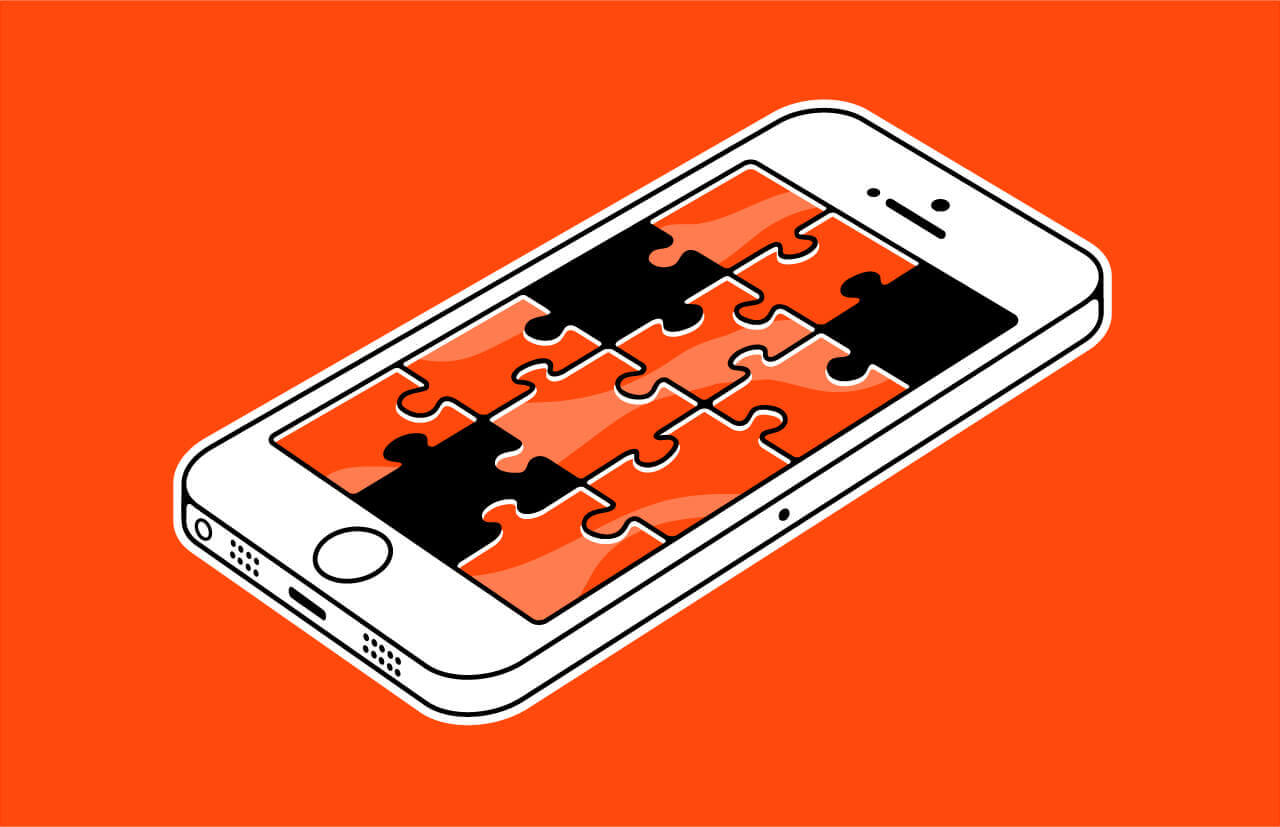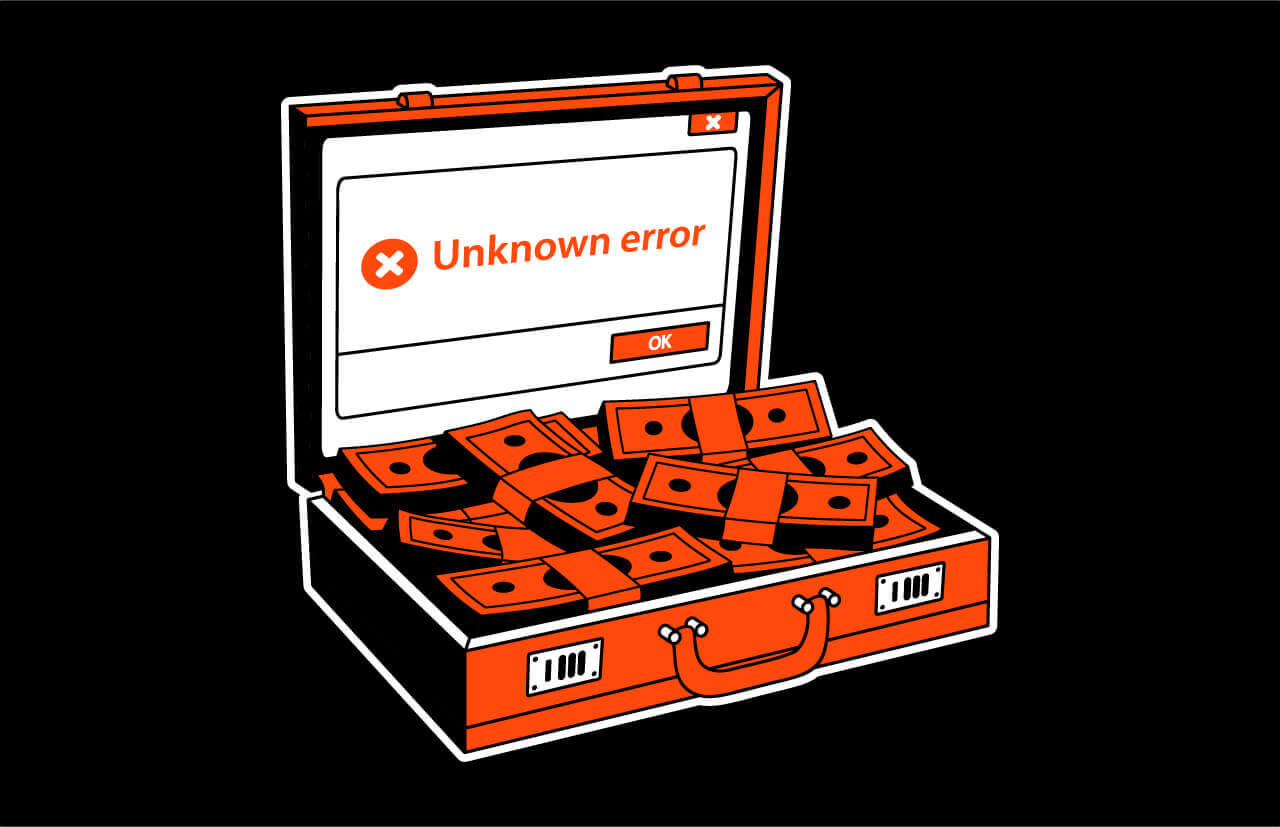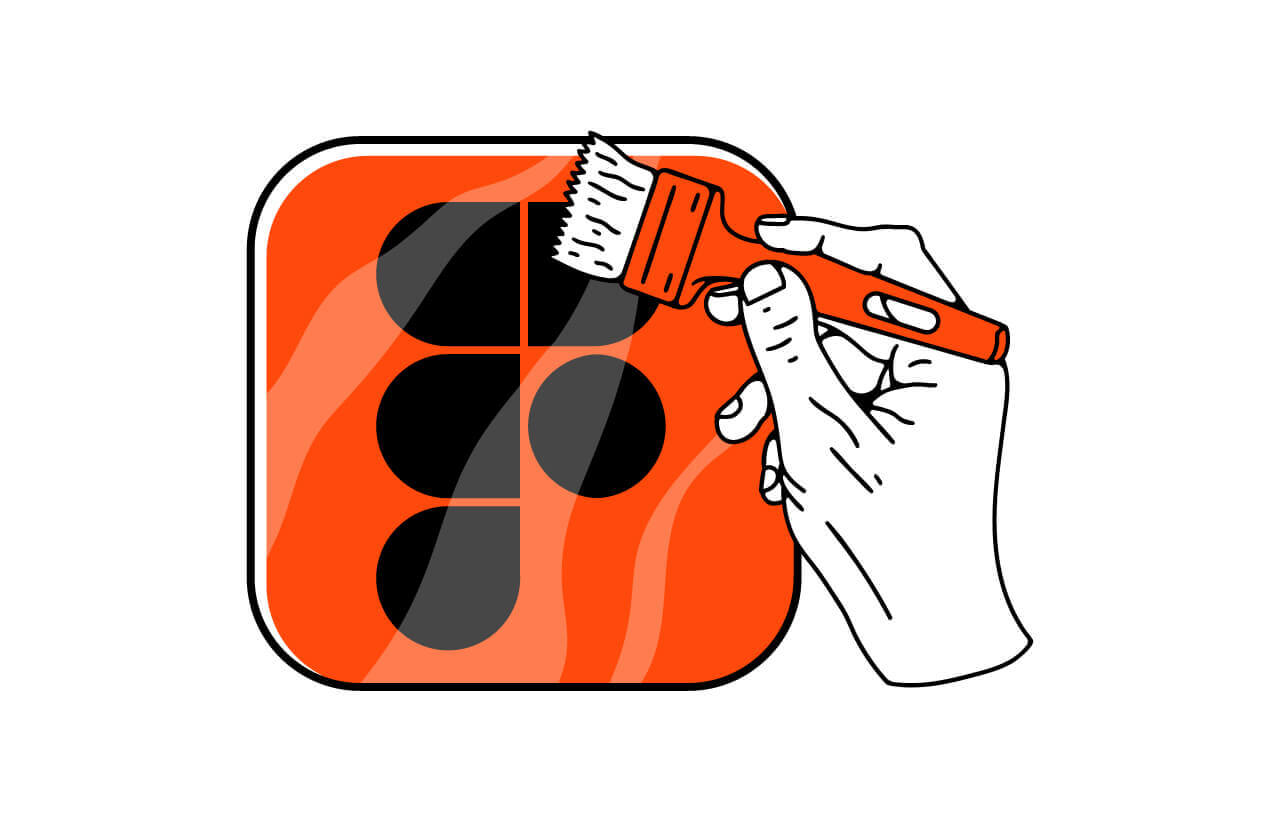All startups might be different, but their design process is usually pretty similar. Take a look at accelerators like Y Combinator and 500 Startups, and you'll see that they all have one thing in common: design thinking.
This design process can be broken down into five stages:
- Empathize,
- Define,
- Ideate,
- Prototype,
- Test.
And to understand how the design team should look, we need to know what team can cover all the stages mentioned above.
- Empathize – understand what your users want
- Define – narrow down users' needs to key problems
- Ideate – think about solutions and challenge assumptions
- Prototype – create a working interface
- Test solutions
So if it’s what every startup team should be able to do — how big should your team be? Well, it all depends on your investment stage :)
I’ll start from the earliest stages, so feel free to jump straight to the stage you’re at right now.
1. Pre-seed stage
At the very early stage, keep things tight. Really tight. You only need an individual designer working on idea generation (just make sure they're a hardworking one). They'll be in charge of hypothesis generation, speed drawing, and producing 99 mockups per hour, so no lunch breaks.
Ideation is the only one crucial part of the design process here, and it's reasonable to expect that the whole team will be involved in testing and user communication, especially the founders. There's just no way around it.
This is how the team should look for the pre-seed startup:
- Business thinking: founderResearch with users: founderPrototypes: your single designerSystem thinker: not needed (you don’t have tens of mockups yet, so there is no system anyway)Product ideation: the entire teamVisual design: your single designerMotion design: not needed (fancy animated interfaces won’t help a poorly executed UX)Illustrations: you can just buy necessary assets onlineMarketing assets: not needed (there’s nothing to promote yet)
TLRL: you need only one designer that can generate ideas and product hypotheses faster than anybody else. There is no meticulous work, no you don’t designers with a specialisation in large-scale projects and design systems.

critical web design mistakes to avoid
2. Seed stage
At this point, the CEO is involved with more internal processes, like sales and business development, so they don't have a lot of research time to spare.
That means it's time for the designers to step up. One's still covering the mockups at lightning speed, and the second one is now responsible for research and direction.
Besides product designers, you'll need a marketing specialist to handle additional products like marketing landings, social media banners, and other internal tasks. Part-time is a reasonable move at this stage since the marketing materials will be prepared in stages.
What the team looks like:
- Business thinking: founder
- Research with users: hired! Prototypes: covered from the previous stageSystem thinker: not neededProduct ideation: the whole teamVisual design: covered from the previous stageMotion design: not neededIllustrations: not neededMarketing assets: hired, part time based
3. Round A / B / C
As the product scales up, you'll have more and more mockups to design.
It will be challenging to keep all of that in order, so this is when a designer passionate about fastidious work has to step up to the plate. It'll help if they're also a total control freak :)
What the team looks like:
- Business thinking: founderResearch with users: coveredPrototypes: covered
- System thinker: hired Product ideation: the whole teamVisual design: coveredMotion design: not neededIllustrations: not neededMarketing assets: covered
What happens next?
As the design team grows, there's also a growing need for a manager or a team lead. They'll no longer be directly involved with the design but will oversee the managerial processes and tasks.
At Humble, with over 25 designers in house, we have one manager on the team. (By the way, let me know if you'd like us to write about our design management.)
For large scale projects, now's the time to call in your motion designers and illustrators to cover the whole range of assets and complicated technical tasks.
Tempted to hire one super talent? While there are plenty of designers whose CVs list all the possible qualifications and excellent cooking skills on top, one designer is very unlikely to be an expert in all directions – after all, every project requires completely different skills and expertise. Researchers are calm and dedicated, visualizers are creative and sometimes impulsive...the list goes on.
Where to go looking for the dream team?
First of all, make up your mind about the criteria:
- The budget you're willing to spendTime frameThe desired quality of the result
The three most common sources of design talent for startups are freelancers, agencies, or full-time hires. All have their pros and cons.
1. Fast + Cheap = freelancer
One of the biggest benefits of freelance-based work is that freelancers are relatively easy to hire and quick to start. Also, the market is international, so you can find lower rates for outsourced work.
However, the quality might take a hit if you don't find the right talent. Most freelancers don't have in-depth expertise, and their portfolios are mostly a set of different assets. So they're likely to be a beginner and learn at your expense.
2. Cheap + Great = employee
Well, an employee will take a while to recruit, hire, and onboard. Even big and advanced companies like Google allow their new hires over three months to get productive — we've asked their team lead.
One of our team members used to be with PayPal — they've been looking for a senior designer for over 7 months now. Are you likely to get it done any faster?
3. Great + Fast = agency
If you're going for an agency, take a look at the ongoing projects to confirm the expertise and experience. In the perfect scenario, the agency should have had similar cases many times before yours.

Alternatives
Don't be afraid to cater to an option that works specifically for you. You can try and hire a fellow designer for a few months on a project basis with an opportunity to convert into a full-time position.
Feel free to let me know how you formed your perfect design teams and what was the most challenging part :) Also, subscribe to hear about legendary business pivots on our CTRL SHIFT podcast.





